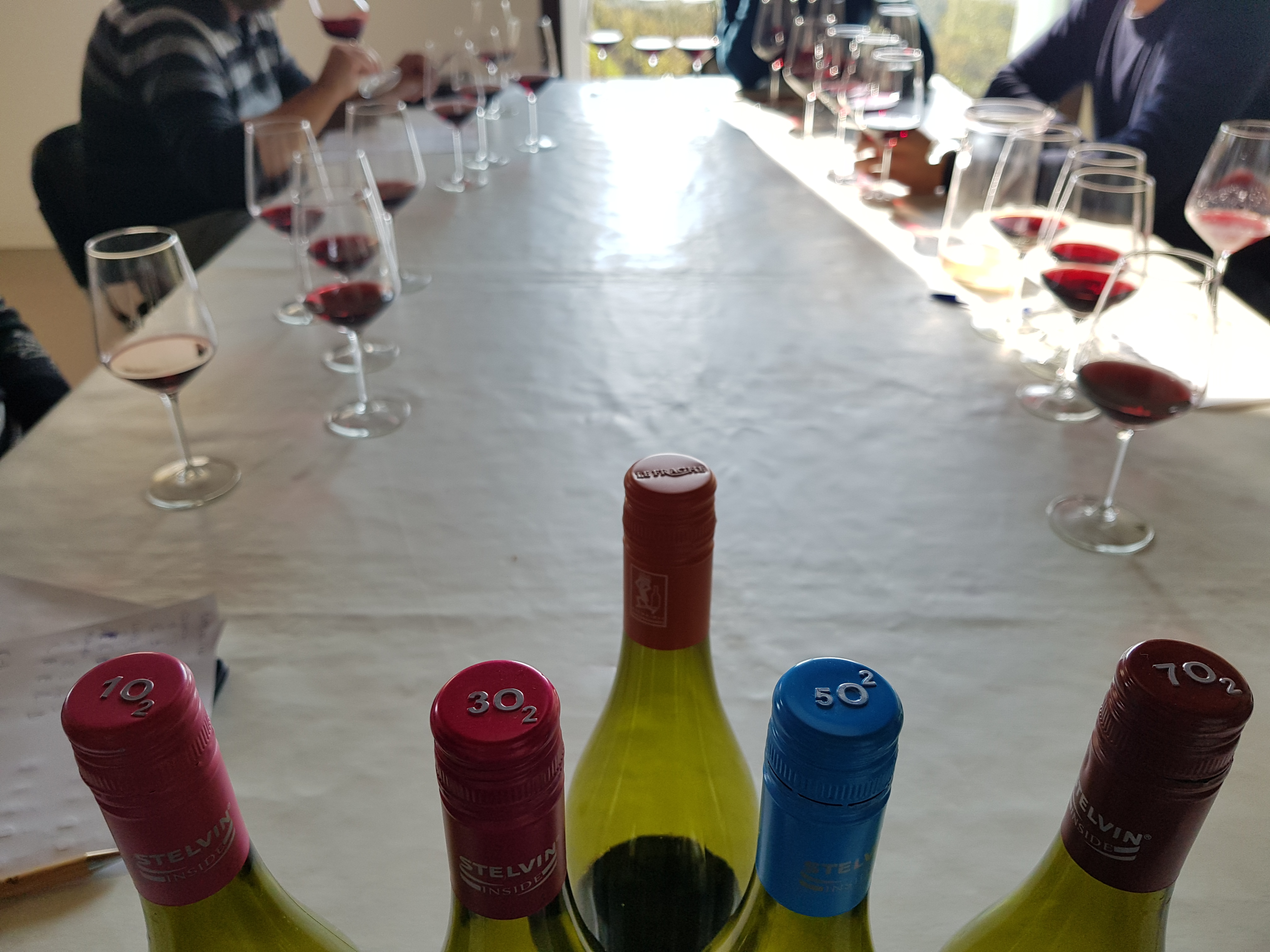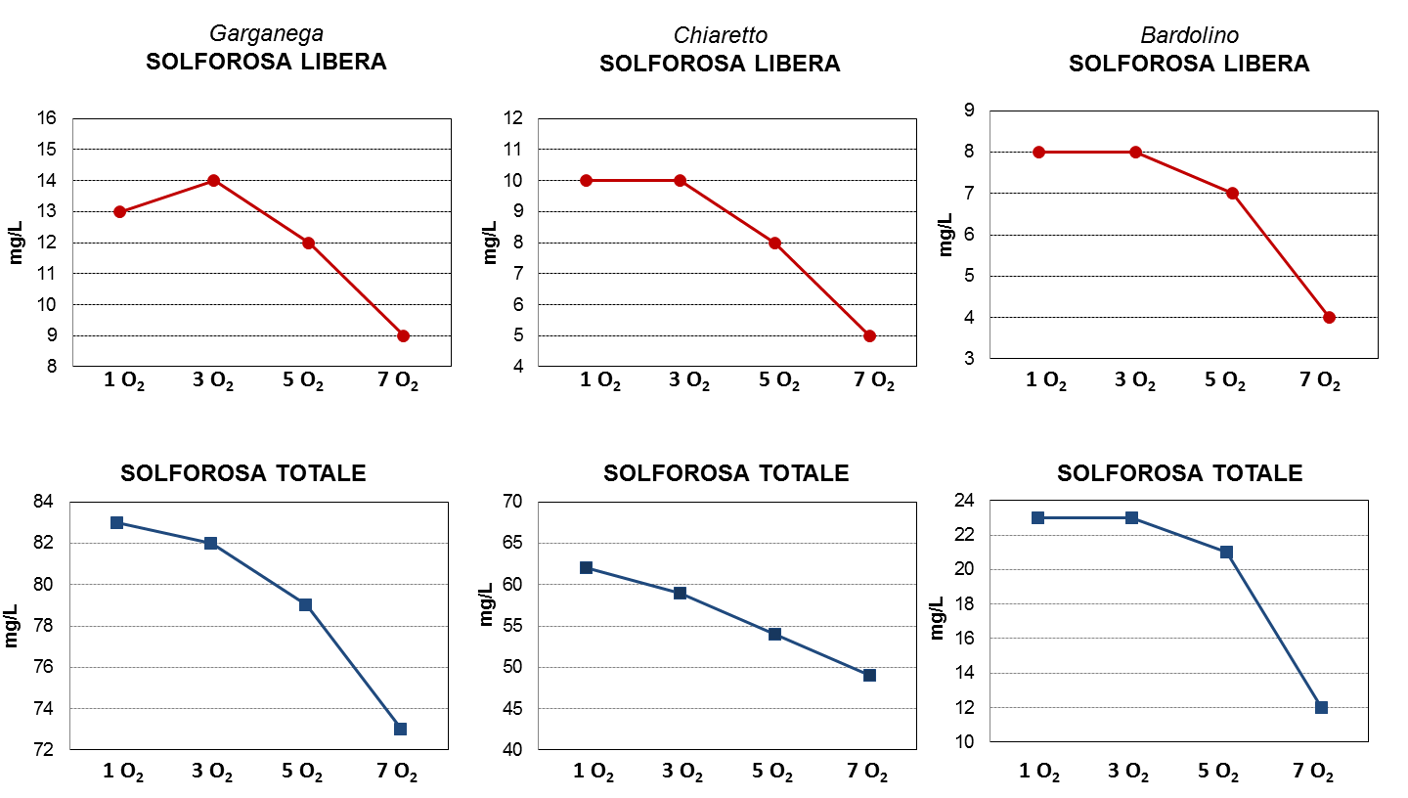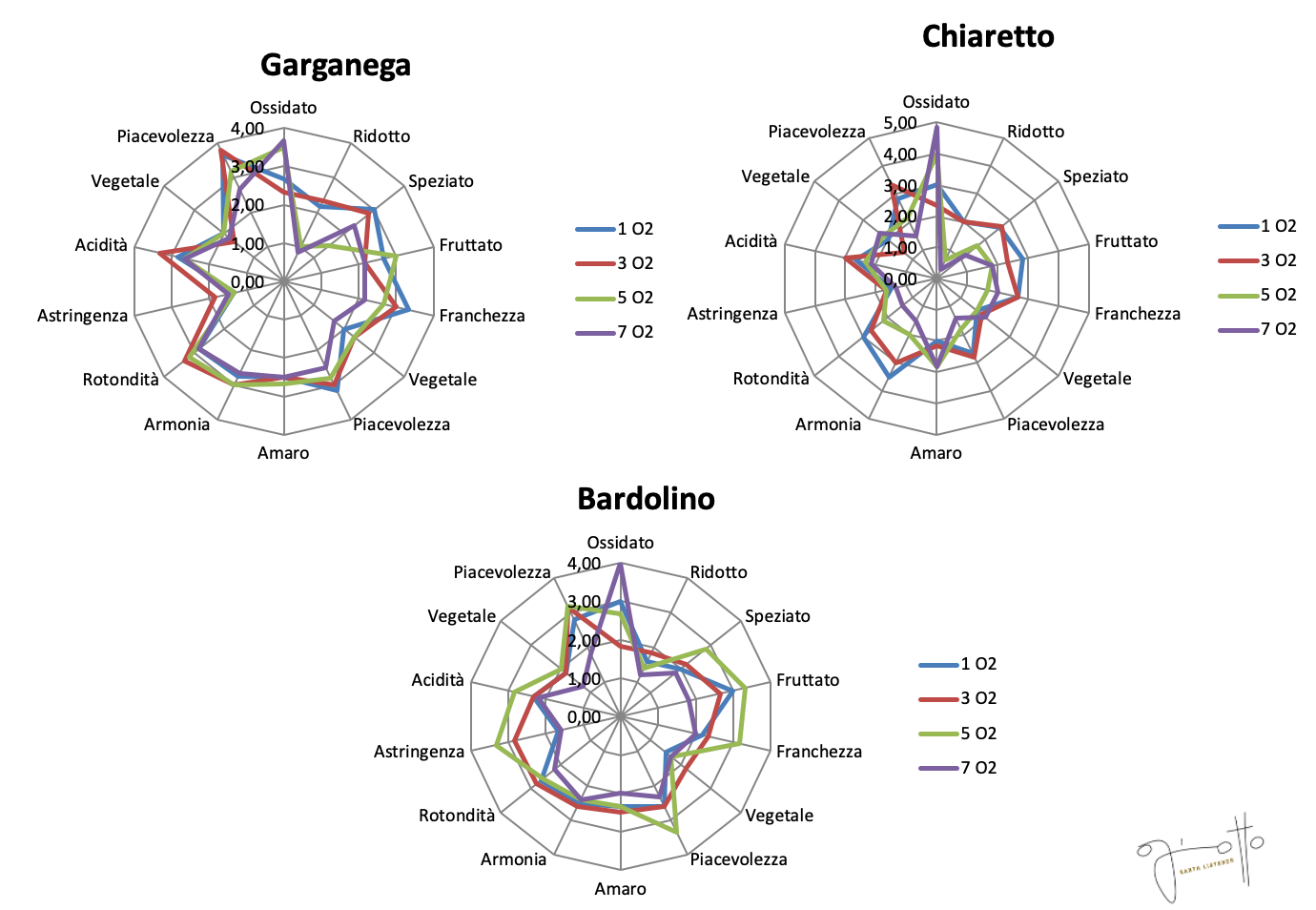Projects
Oxygen permeability of corks and longevity of wines.
How to allow your wine to evolve over time in the bottle, enhancing its peculiarities and without unwanted surprises.
Research and developmentWine consultancy
Purpose
It is now know that the quantity of oxygen that over time passes to the wine through the cork is a quality factor, which should not be overlooked. With this project, it was intended to demonstrate that speed and extent of the transfer of oxygen to the wine must not be considered and evaluated in an absolute sense, but contextualized for each type of wine, closure and timing of consumption.
Project
Le Fraghe company, with whom we have been collaborating for several years, has been a pioneer in the use of the screw cap, as a closure system for its wines. Over the years the evolution of screw closures has led to understand that “sealing” wine may not be the way forward for all products. We therefore tested different screw closures with controlled oxygen permeability (1 0₂ – 3 O₂ – 5 O₂ – 7 O₂) using them to plug Garganega, Chiaretto and Bardolino of the company. These are completely different wines in intensity, structure, style, aroma and which at the moment of consumption must each present themselves in the most suitable way. But how much oxygen does wine need? Until recently, research was unable to answer this question and any evaluations was done deductively, taking into account of previous experience, of the winemaking processes adopted, of duration of refinement or packaging. By analyzing the values of free sulfur dioxide, total sulfur dioxide, CiELAB color analysis and TDO analysis (Dynamic Oxidation Test, put at Giottolab) over the course of time, interesting results emerged: in all 3 wines the drop in free and total sulfur dioxide (mg / l) was proportional to the increase in the permeability of the different closures; the increase in the yellow color (b CiELAB), oxidation index, in Garganega and Chiaretto was proportional to the increase in the permeability of the closures; similar situation for the red color (in CiELAB) which has decreased proportionally to the increase in permeability, in Bardolino, to indicate a drift towards the orange color. The various samples were then tasted by our technicians and evaluated in order of preference. So here are two elements that are essential to understand. First, superficially choosing the closure for your wines can irreparably compromise their quality, even in the short term. The second element is that depending on the type of wine, having the possibility of guaranteeing a gradual permeation of oxygen inside the bottle over time should be a conscious and strategic choice for the producer.
Le Fraghe company, with whom we have been collaborating for several years, has been a pioneer in the use of the screw cap, as a closure system for its wines. Over the years the evolution of screw closures has led to understand that “sealing” wine may not be the way forward for all products. We therefore tested different screw closures with controlled oxygen permeability (1 0₂ – 3 O₂ – 5 O₂ – 7 O₂) using them to plug Garganega, Chiaretto and Bardolino of the company. These are completely different wines in intensity, structure, style, aroma and which at the moment of consumption must each present themselves in the most suitable way. But how much oxygen does wine need? Until recently, research was unable to answer this question and any evaluations was done deductively, taking into account of previous experience, of the winemaking processes adopted, of duration of refinement or packaging. By analyzing the values of free sulfur dioxide, total sulfur dioxide, CiELAB color analysis and TDO analysis (Dynamic Oxidation Test, put at Giottolab) over the course of time, interesting results emerged: in all 3 wines the drop in free and total sulfur dioxide (mg / l) was proportional to the increase in the permeability of the different closures; the increase in the yellow color (b CiELAB), oxidation index, in Garganega and Chiaretto was proportional to the increase in the permeability of the closures; similar situation for the red color (in CiELAB) which has decreased proportionally to the increase in permeability, in Bardolino, to indicate a drift towards the orange color. The various samples were then tasted by our technicians and evaluated in order of preference. So here are two elements that are essential to understand. First, superficially choosing the closure for your wines can irreparably compromise their quality, even in the short term. The second element is that depending on the type of wine, having the possibility of guaranteeing a gradual permeation of oxygen inside the bottle over time should be a conscious and strategic choice for the producer.


